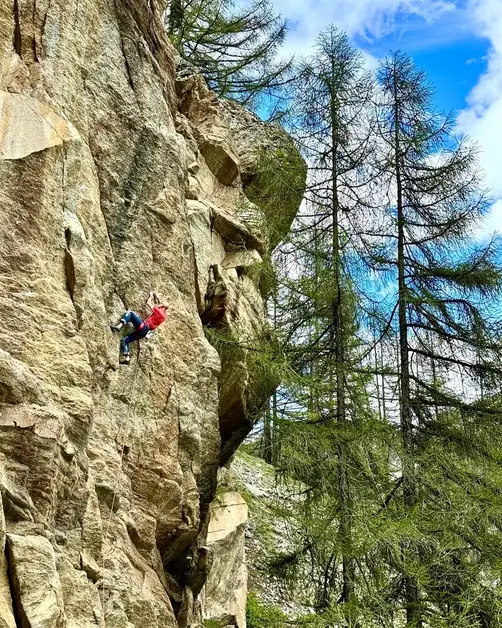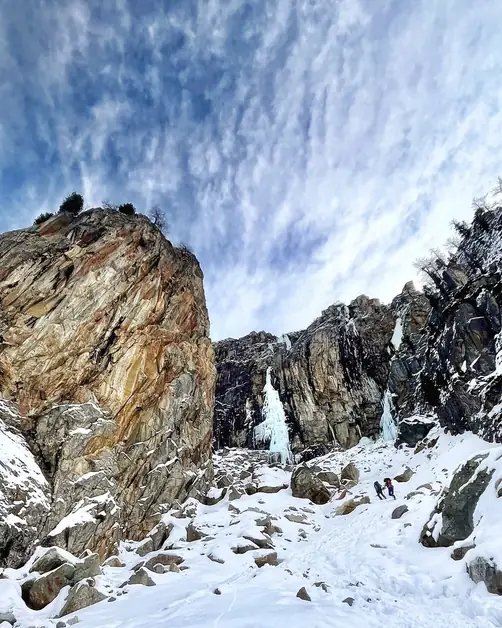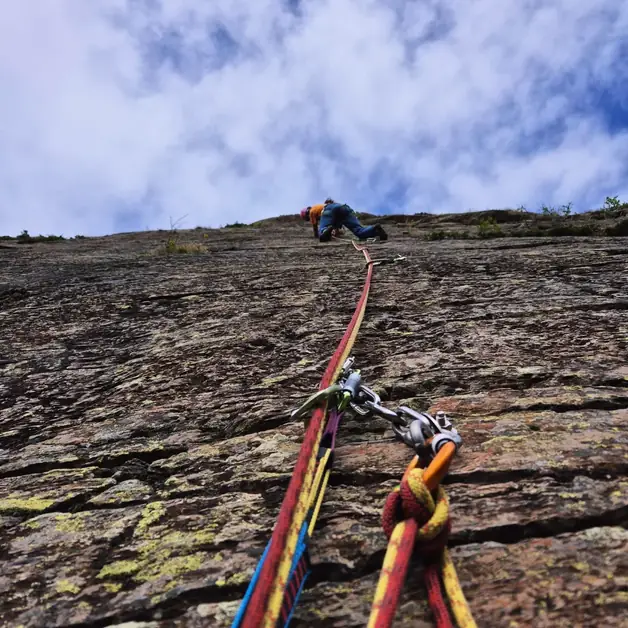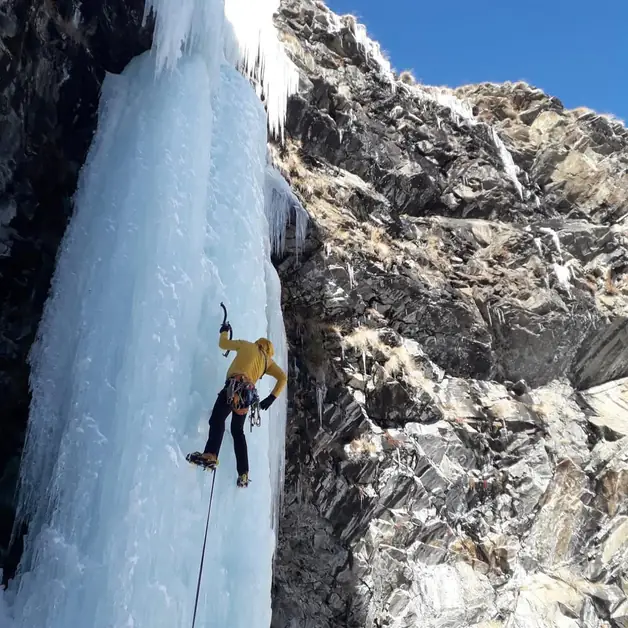The ultimate guide to climbing in Cogne
Discover the ideal season for climbing in Cogne, Aosta Valley.
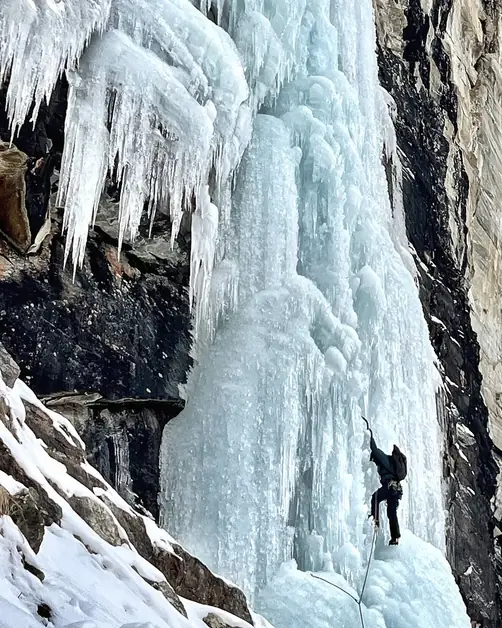
What is the best season for climbing in Cogne, Aosta Valley?
The ideal period for rock climbing in Cogne runs from late spring to autumn. In particular, the months from May to October are the most suitable for climbing the cliffs and walls of the valley.
Why climb on rock in Cogne in spring and summer?
Because the days are long and bright, temperatures are mild, and the weather is stable. In spring and summer, conditions allow for comfortable climbing and the choice among many cliffs, such as Lillaz, Pont d’Aël, Lauson, Epinel, and the Masso di Reisen.
What are the advantages of climbing in Cogne in autumn?
Autumn is often less crowded than summer. The cliffs still offer sunny days, with fresh but pleasant temperatures. It is an ideal time for those seeking tranquility and wanting to enjoy the alpine landscape without the summer crowds.
Which cliffs in Cogne are most suitable in summer?
In summer, the most frequented are: The climbing gym of Lillaz, suitable for beginners and intermediates. The cliff of Pont d’Aël, with more challenging routes like Big Bang 7c. The cliff of Lauson, ideal for experienced climbers seeking technical difficulties. The cliff of Epinel, with various sectors and routes of different difficulties.
Can you climb all year round in Cogne?
No, not all year round. For rock climbing, the cold months are not suitable, as weather conditions make the walls icy or snow-covered. In winter, climbing completely changes type: it shifts from rock to ice.
What is the best season for ice climbing in Cogne?
The perfect season for ice climbing is winter, from December to March. During this period, the waterfalls freeze and become spectacular routes for those who love ice climbing.
Why is Cogne famous for ice climbing?
Because it has numerous waterfalls that in winter transform into imposing ice columns. Cogne is considered one of the capitals of ice climbing in Europe, with equipped routes known internationally.
What are the most famous ice waterfalls in Cogne?
The most well-known are: The Lillaz Waterfalls, among the most frequented and accessible. The Patrì Waterfall, famous for its impressiveness and technical routes. Many other ice flows in the Valnontey valley and the Urtier valley, offering dozens of routes of varying difficulty.
Is ice climbing in Cogne suitable for beginners?
Yes, but always with the accompaniment of alpine guides. There are ice routes accessible for those wanting to try for the first time, while others are dedicated only to experienced climbers. The necessary equipment includes crampons, ice axes, helmets, and harnesses.
Why choose spring and summer for rock and winter for ice?
Because the climate of the Aosta Valley changes significantly with the seasons. In summer, the rock is dry and well-exposed, while in winter, temperatures allow for the formation of ice waterfalls, making Cogne a dual destination: one for rock and one for ice climbing.
What is the difference between sport climbing, traditional climbing, and ice climbing in Cogne?
Sport climbing: practiced on cliffs equipped with bolts, ideal from May to October. Traditional climbing: takes place on longer and more natural routes, often in the mountains, feasible in good weather. Ice climbing: practiced only in winter, on frozen waterfalls and ice flows, with specific equipment.
What are the tips for choosing the right season for climbing in Cogne?
If you are looking for rock climbing, come from May to October. If you want to try ice climbing, choose the months from December to March. If you are a beginner, always rely on an alpine guide. Always check the weather forecast before leaving: in the mountains, conditions change rapidly.

